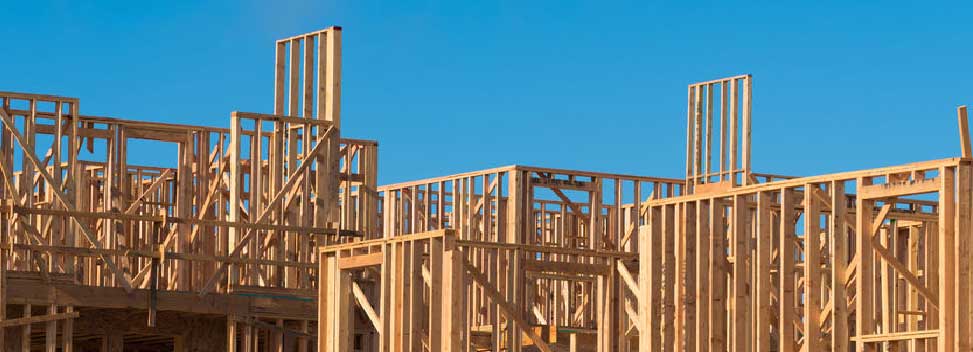Timber framed properties
Written by Nick Grant
|
Published on 2nd December 2016
|
Last Updated on 23rd February 2024
|
Read time: 2 minutes

For some people the idea of a timber framed property conjures images of poorly constructed, hastily assembled and less sturdy building than the more traditional brick or stone built property, and this is true for some insurers too, but really this shouldn’t be the case. Within the spectrum of timber framed or timber built properties there is in fact a great deal of variance, from properties hundreds of years old, often listed, with their quirky beams and charming character to modern masterpieces using modern method construction (MMC) to combine the strength and flexibility of timber as a material with the strictures of contemporary building regulations. Though there are some examples of lower quality, often post war, timber framed properties the key to understanding the insurance requirement of the property will come from the kind of timber framing the property has and the construction methods used.
Some insurers may not recognise these distinctions and instead attempt to avoid, or add restrictive terms to any property described as being timber framed or timber built. However a specialist should be able to offer more assistance, and, rather than try to restrict the policy they should be able to offer cover against a standard suite of perils. The insurer will often want to know more about the type of construction used, the age of the property and the materials used for the roof and the walls. Older properties of timber frame construction may have been built using other old construction methods such as cob or wattle and daub, whereas properties making use of MMC may have newer methods. Sometimes you can find a blend of the two in the case of a timber framed or timber built property that has been converted, for example a barn conversion.
In each of the above cases the specialist insurer may be able to differentiate between the risks faced by the properties. For example, if you consider the fire risk of the property, though it may be the case that a timber framed property allows more opportunities for a fire to spread throughout the property exactly how this might happen can vary considerably between an older property and one built using MMC. For one thing all modern buildings need to be built to contemporary building regulations and standards. So to summarize, don’t be put off by a timber framed property, a specialist insurer should be able to help protect it with a little more information.
*The opinions and views expressed in the above articles are those of the author only and are for guidance purposes only. The authors disclaim any liability for reliance upon those opinions and would encourage readers to rely upon more than one source before making a decision based on the information.

Nick Grant is a Business Development Manager at Intasure with 10 years of insurance experience.

